Drought threatens farmers in south-central region
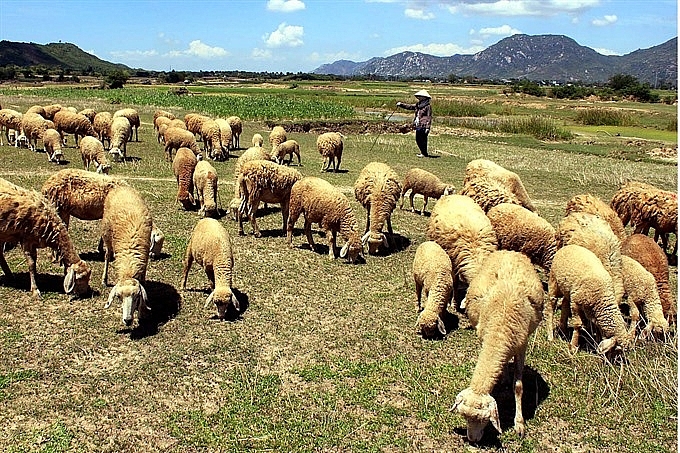 |
| Sheep in the south-central province of Ninh Thuan get their feed from a dry field. Drought has caused some 900 animals in the province to become exhausted since the beginning of this year due to a lack of food. |
The National Steering Committee on Natural Disaster Prevention and Control last month warned that the El Nino phenomenon is expected to appear from November to the early months of 2019, with the potential to cause severe drought.
The region’s rainfall between November 2018 and April 2019 is forecast to fall by 20-50 per cent against the average of previous years, according to the National Hydro-meteorological Forecast Centre.
It has caused lower water levels at reservoirs, rivers and springs in many localities in the regions of between 10-60 per cent in comparison with the average of many years. Khanh Hoa and Ninh Thuan provinces are likely to face a water shortage of up to 70 per cent.
Central Thua Thien-Hue and Ninh Thuan provinces will face drought in the first crop of 2019.
The Natural Disaster Prevention and Control and Search and Rescue Steering Board of Thua Thien-Hue Province reported that the province has 56 irrigation reservoirs and six hydropower reservoirs that were put into operation but most of the small- and medium-sized reservoirs have dried up.
Big reservoirs in the province also face the same situation. The water level of Ta Trach Reservoir, for example, reached 24m last month, only one meter higher than the dead level and 2.5m lower than the water level of 2017.
The water level was blamed on the lower rainfall, which reached only 50 per cent of the average of many years, according to the steering board. It said this is considered abnormal as the rainy season lasted for months and is going to end soon.
People in Ninh Thuan Province are also struggling with the record drought when the total amount of water of all reservoirs in the locality reached only 82.2 million cu.m, while the total designed capacity is nearly 195 million cu.m.
As many as 17 reservoirs dried up or started to reach the dead level.
In Quang Tri Province, the rainfall also fell dramatically, equivalent to 53 per cent of the average of previous years. The water level in many reservoirs reached only 26-30 per cent of the designed capacity.
A recent survey in Thua Thien-Hue and Quang Tri provinces by the Directorate of Water Resources under the Ministry of Agriculture and Rural Development (MARD) shows that the provinces face high risks of drought and saltwater intrusion, seriously affecting the production activities and living conditions of local people.
An estimated total of nearly 8,500ha and 2,500ha of farmland in Quang Tri and Thua Thien-Hue provinces, respectively, cannot be cultivated due to water shortage in 2019.
Head of the Thua Thien-Hue Department of Agriculture and Rural Development’s Plant Protection Sub-department, Cai Van Tham, told the newspaper that local farmers would have to face a tough crop when an estimated of 2,000-2,500ha of farmland are forecast to suffer from water shortages for irrigation or they had to change production.
Head of the Directorate of Water Resources’ Department of Irrigation Work Management, Nguyen Hong Khanh, said that localities needed to balance water resources as well as have production plans for upcoming crops to deal with drought.
In a recent document guiding localities to prepare to cope with the 2018-19 drought and saltwater intrusion, Minister of Agriculture and Rural Development Nguyen Xuan Cuong asked localities to adjust agricultural production structure flexibly to adapt to the drought.
They were required to watch closely hydro-meteorological forecast to have proper prevention and control measures, store water at reservoirs reasonably to ensure enough water for agricultural production and daily activities of farmers while developing solutions to ensure safety for reservoirs and dams.
It was also necessary to have plans to save water, dredge canals, install pumping stations and make use of all available water sources, he noted.
The Ministry of Industry and Trade has instructed Vietnam Electricity to build plans to operate hydropower plants appropriately to ensure enough water for agricultural production, particularly those operating in the south-central and Central Highlands region.
What the stars mean:
★ Poor ★ ★ Promising ★★★ Good ★★★★ Very good ★★★★★ Exceptional
 Tag:
Tag:
Related Contents
Latest News
More News
- Nha Trang Bay submarine services pilot programme extended to next March (October 08, 2024 | 15:45)
- Swing for the Kids scholarship motivated by beneficiary’s kindness and maturity (October 08, 2024 | 12:35)
- Inflation takes focus to circumvent typhoon impact (October 04, 2024 | 17:06)
- Hanoi sets sights on becoming innovation hub (October 02, 2024 | 10:00)
- Experts discuss dengue fever prevention in Vietnam (October 01, 2024 | 17:04)
- Vietnam’s economy on track for 6.5 per cent growth despite Typhoon Yagi, says HSBC (October 01, 2024 | 16:46)
- IMF predicts Vietnam's economic growth to reach 6.1 per cent in 2024 (September 30, 2024 | 18:26)
- ADB approves $2 million to support Yagi response (September 27, 2024 | 20:13)
- Accuracy more vital than ever in dawn of AI (September 26, 2024 | 20:44)
- Navigating business journalism in a new era (September 26, 2024 | 20:34)



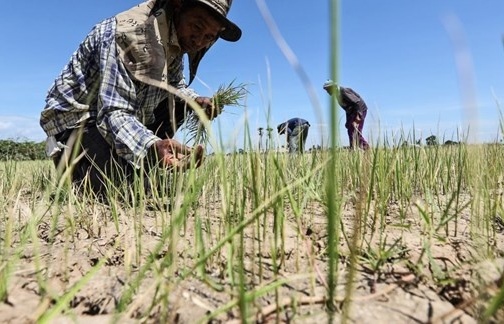
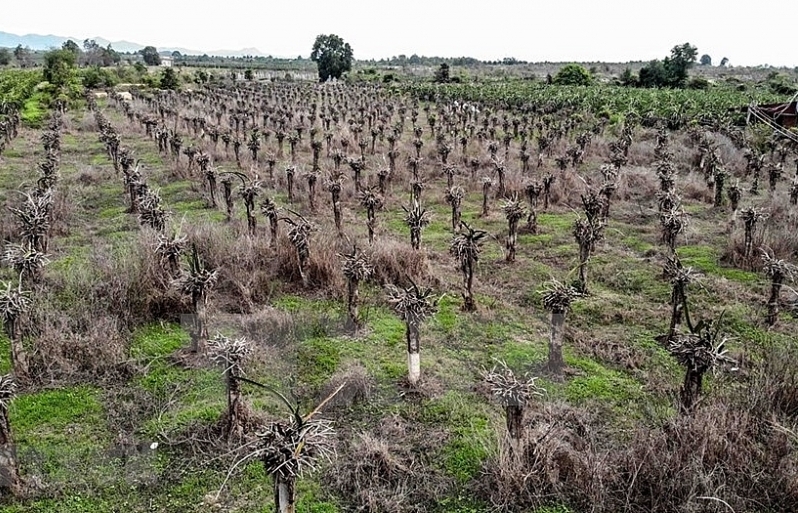

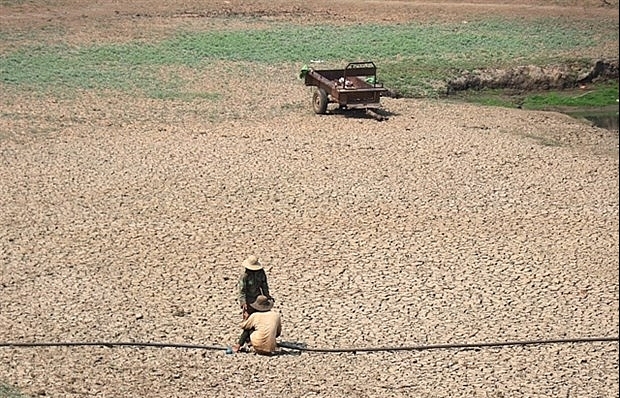
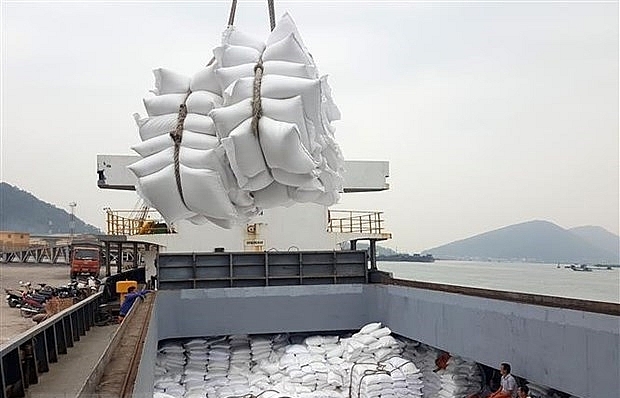
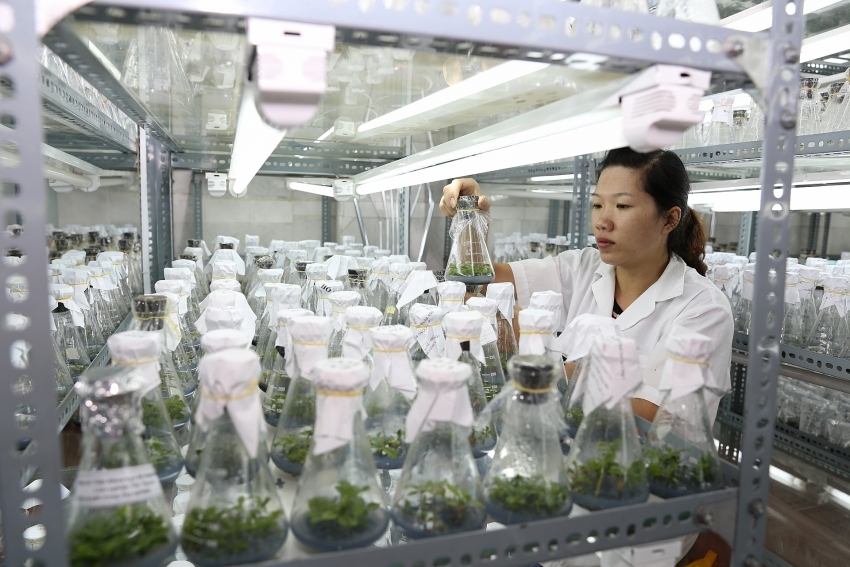
















 Mobile Version
Mobile Version